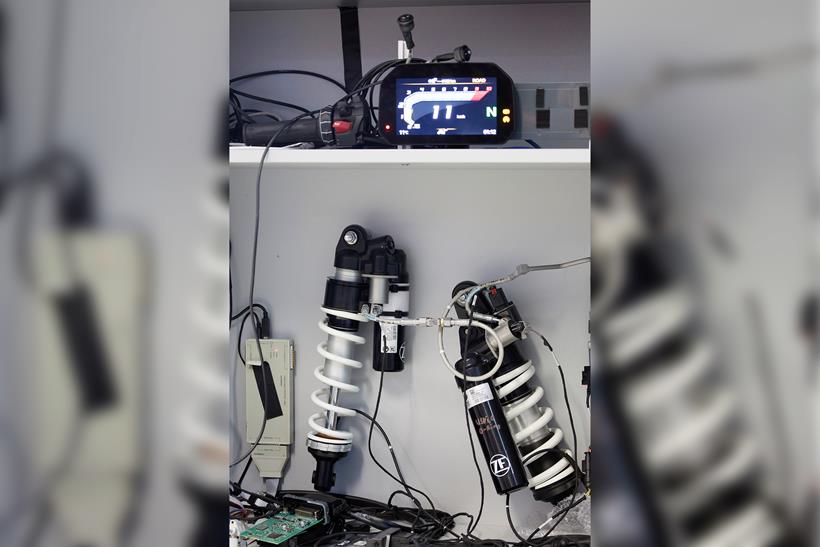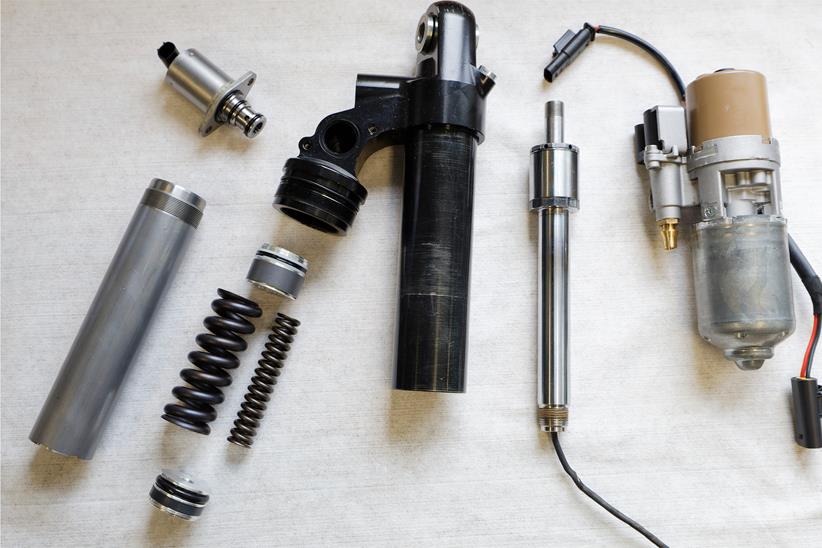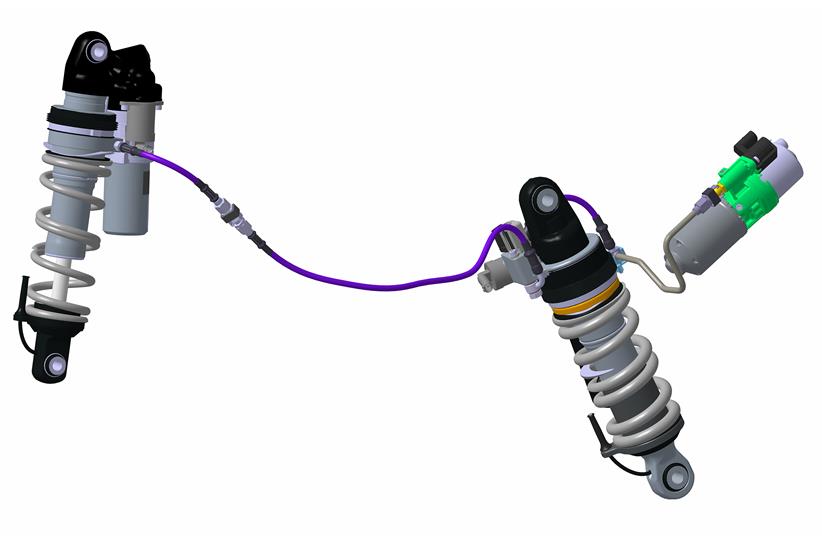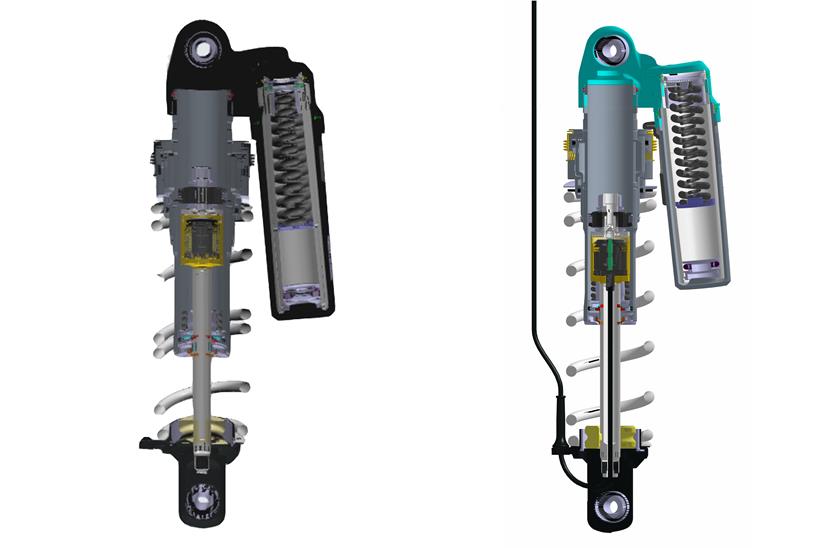Springs can only get better: BMW’s latest suspension is the most adaptable yet seen on a road bike
BMW have led the way when it comes to electronic suspension – and their next-generation system will offer even more versatility.
For the first time a production bike will soon be able to change its suspension’s damping, spring rate and ride height, both front and rear, in an instant. BMW call this system SAF Next and, while they’re not confirming which bike it’ll appear on first, they say we’ll be able to experience it in the very near future. So that’s the BMW R1300GS then…
The headline feature of SAF Next is its ability to switch between two spring rates almost instantly. This is hugely significant – no rival system currently alters a shock’s spring stiffness. For the rider, this means you can have a more compliant spring rate for a comfortable solo ride, then swap in milliseconds to a firmer spring rate when you load the bike up or want to ride more aggressively.

The secret to the system lies within the shock’s long piggyback chamber. Inside is a second spring (actually two extra springs, one coiled inside the other to minimise length) which can be brought into play or isolated from the rest of the shock via a switching valve.
With the valve shut, the shock behaves normally. But when opened – which takes just 0.1 seconds – oil pressure pushes on a separating piston connected to these extra spring(s), effectively increasing the shock’s overall spring rate.
How much stiffer? That depends on the springs, piston rod diameter and separating piston area. The unit BMW demonstrated to MCN featured a 140N/mm spring, with an increase of 30N/mm when the valve opens. That’s more than 20% stiffer – a pretty sizeable difference.
Automatic ride height possibilities
SAF Next also features BMW’s first automatic ride-height system, which lowers the bike when you are riding slowly to help a rider put their feet down. The principle was debuted by Harley-Davidson’s Pan America, but BMW’s system looks to add greater sophistication.
Ride height is changed by a hydraulic pump that can rapidly add or remove preload from the top of a shock. If a bike uses a shock at each end – as with Telelever – both shocks can be joined to the same pump, meaning front and back can be raised or lowered.
BMW claim lowering both ends (reducing seat height by 30mm) takes less than a second, while lifting both ends up again (rear shock first; then front) takes less than three seconds.

This tech could be configured in various ways. It could be controlled automatically in response to speed, or selected manually by the rider, or potentially alter its behaviour with riding modes. But the intent is that in a town or city the bike drops to its shorter stance, lowering the bike’s centre of gravity and making it more manageable.
Then, as you accelerate out in the countryside, the bike rises up to improve riding dynamics. It’s the best of both worlds – making a tall bike more accessible to a greater number of riders, without compromising suspension travel, ride quality or handling.
All of SAF Next’s features come in addition to what BMW’s electronic suspension already offers – so it’ll continue to feature semi-active damping and automatic preload adjustment, but now with the added benefits of swapping spring rates and ride height adjustment too.








